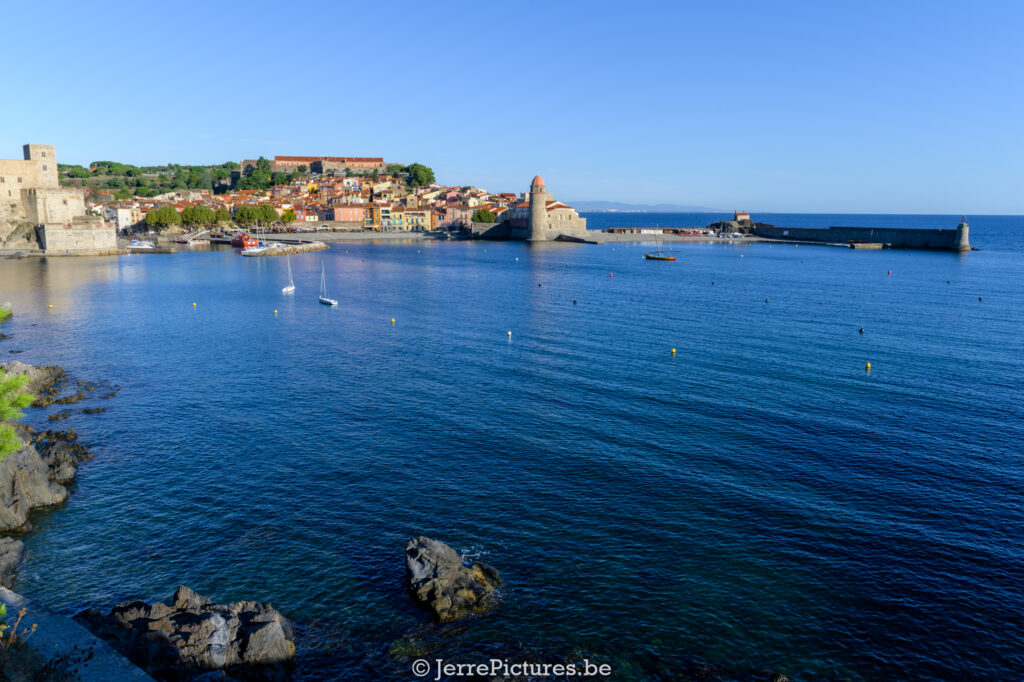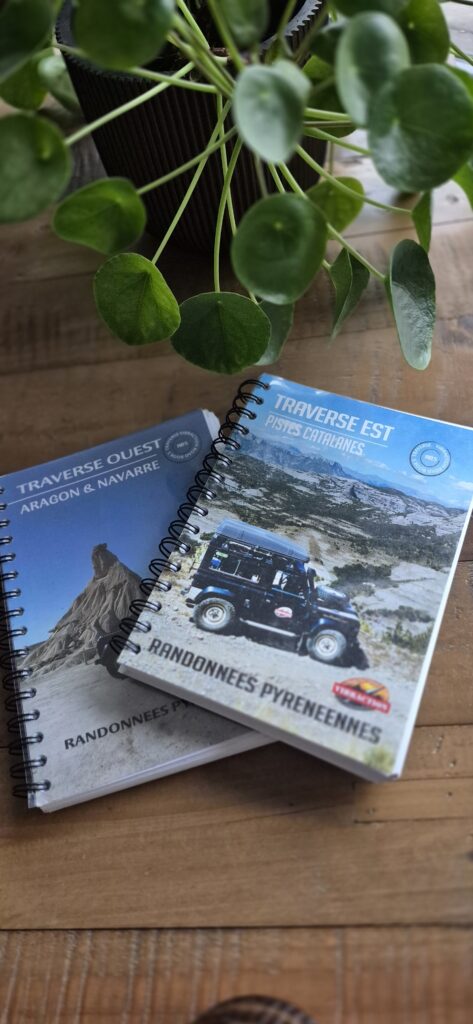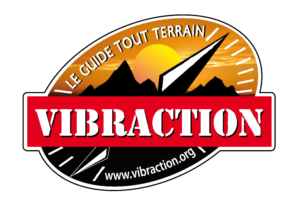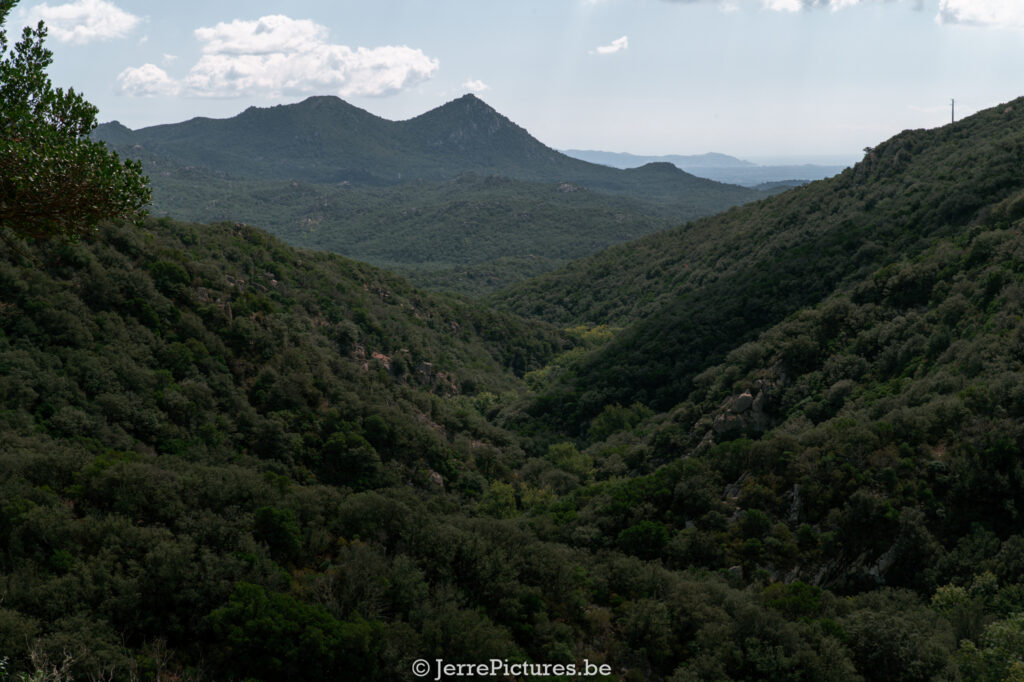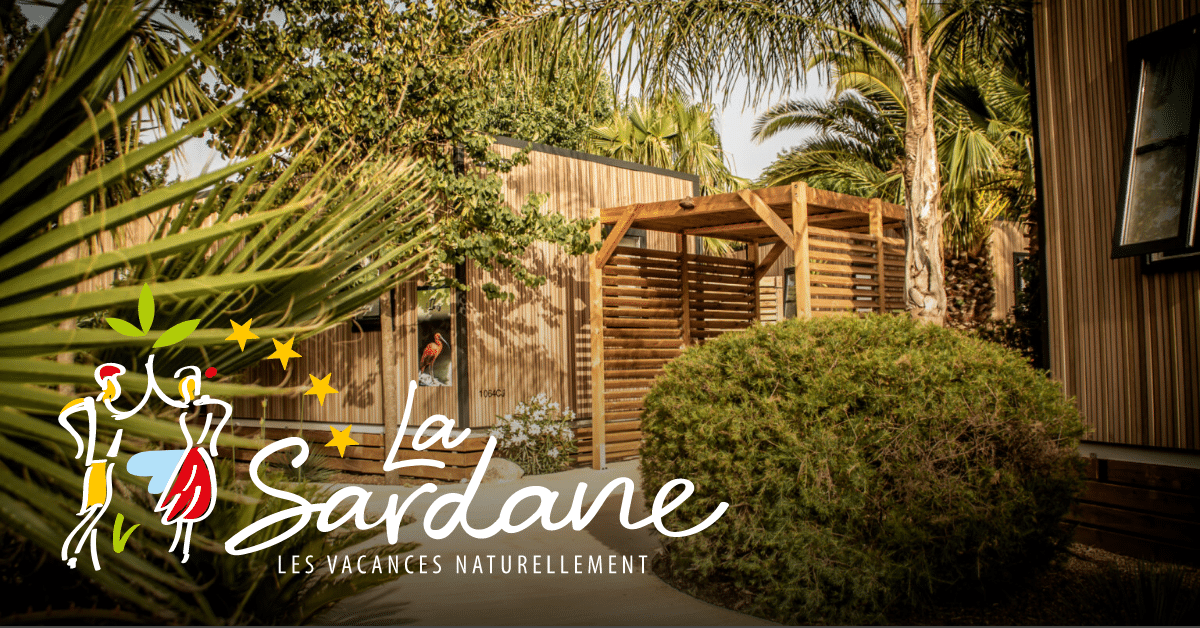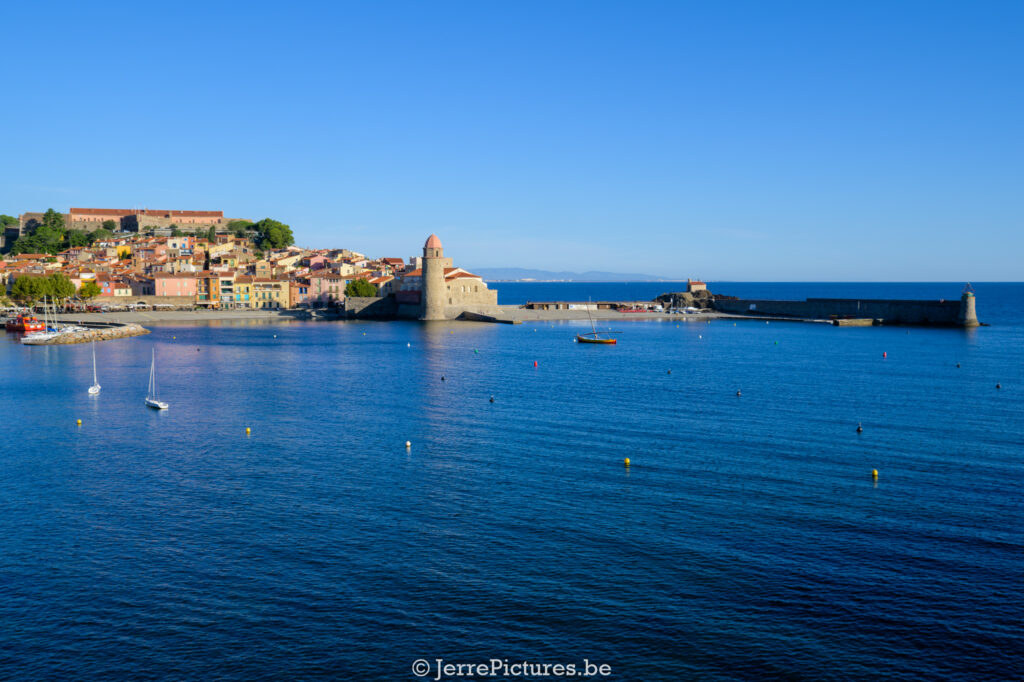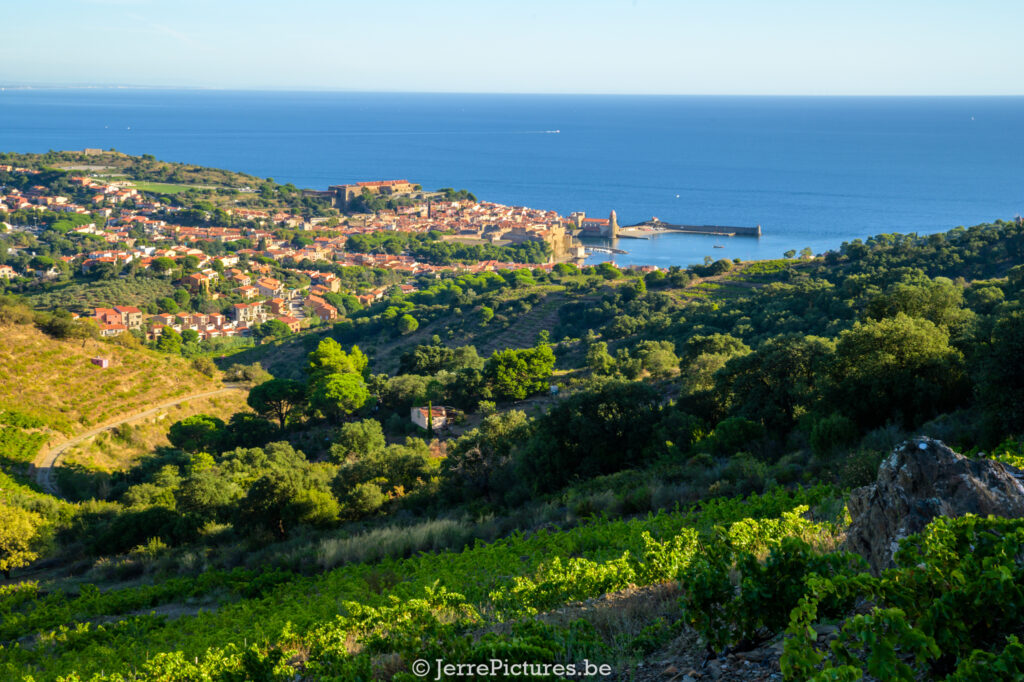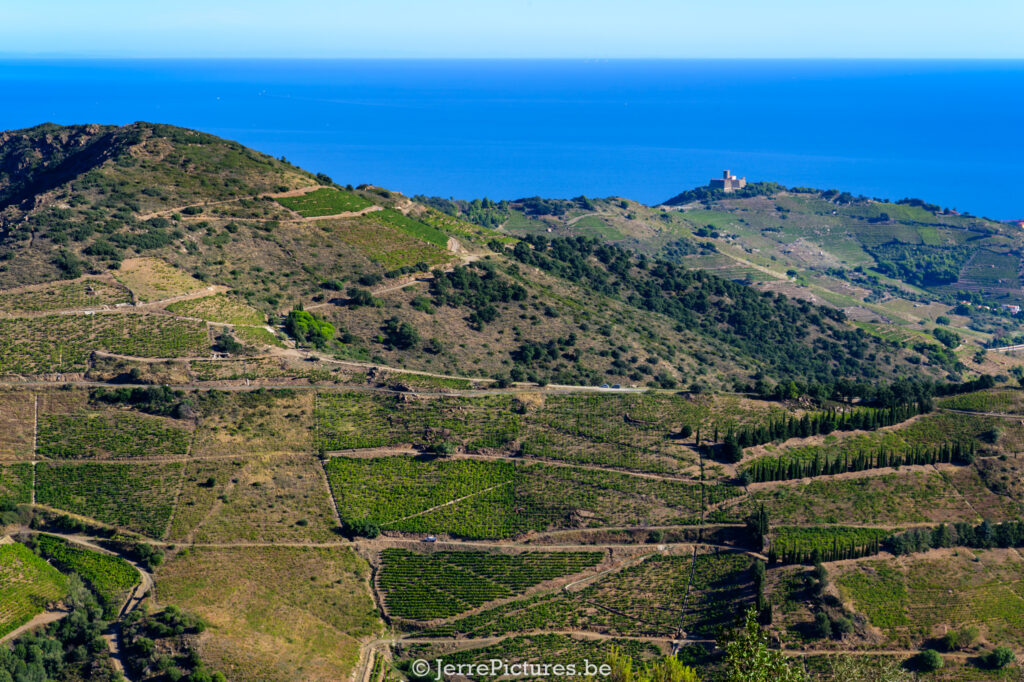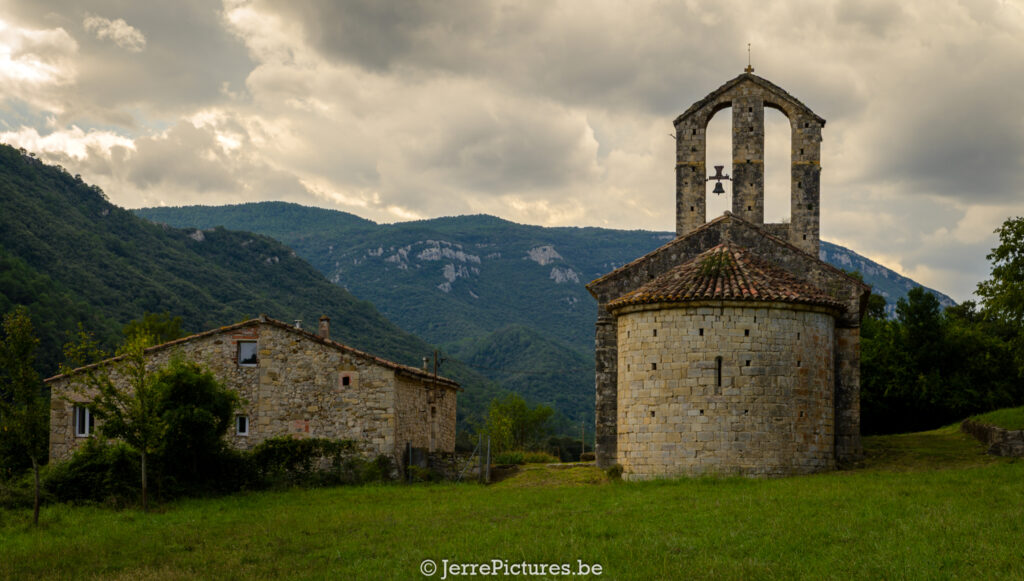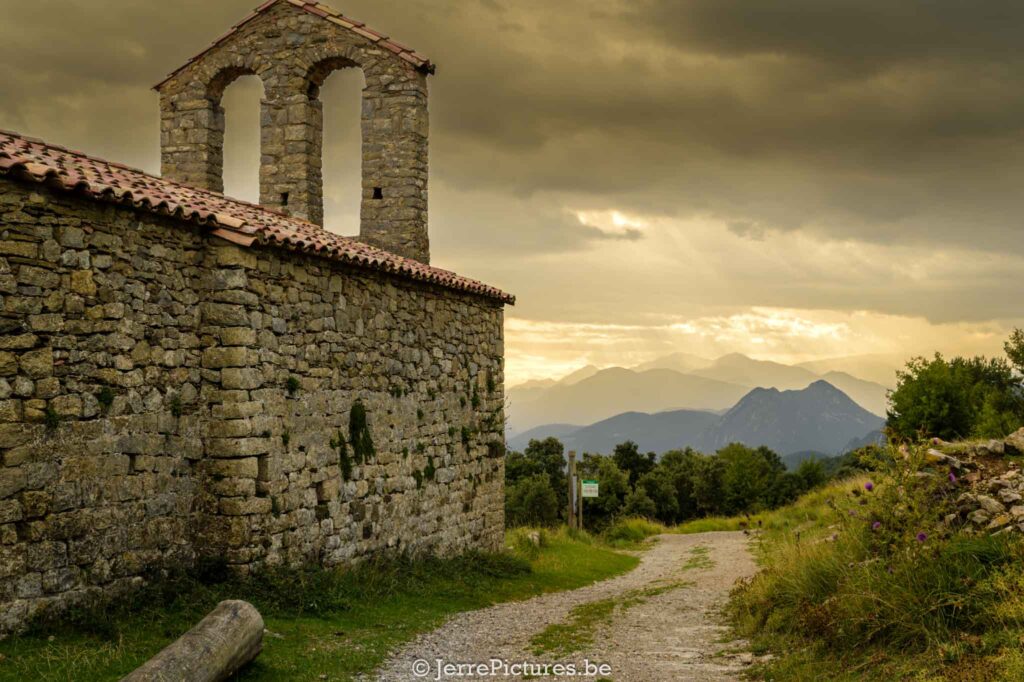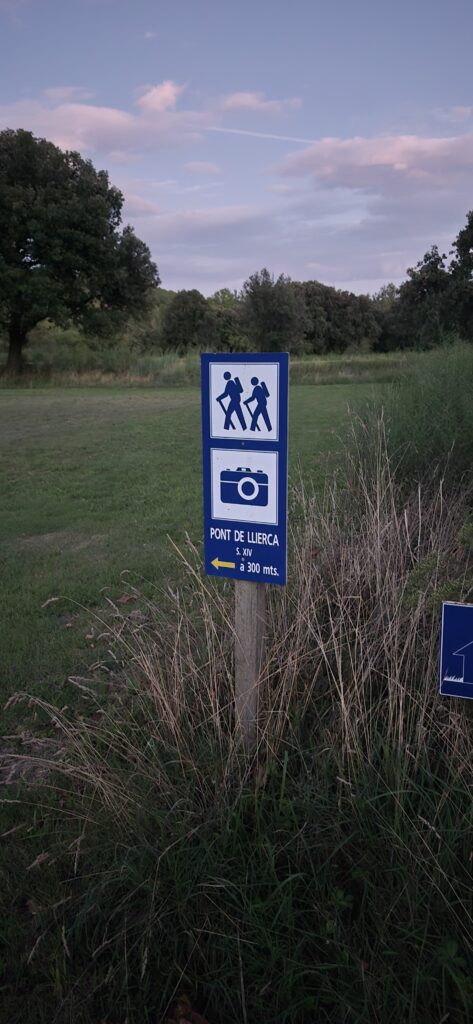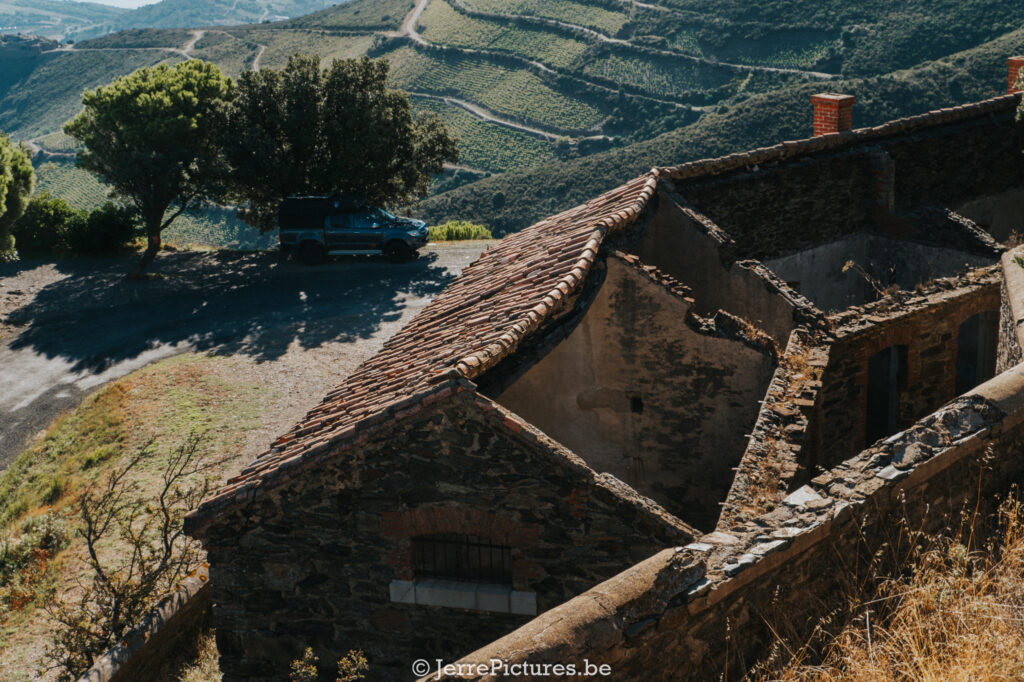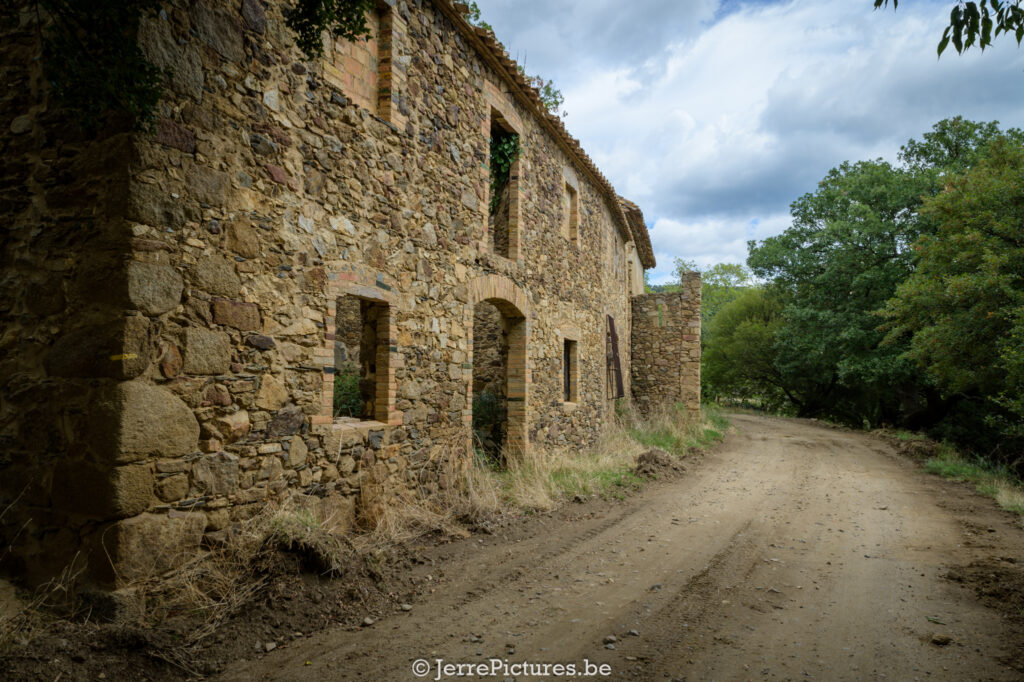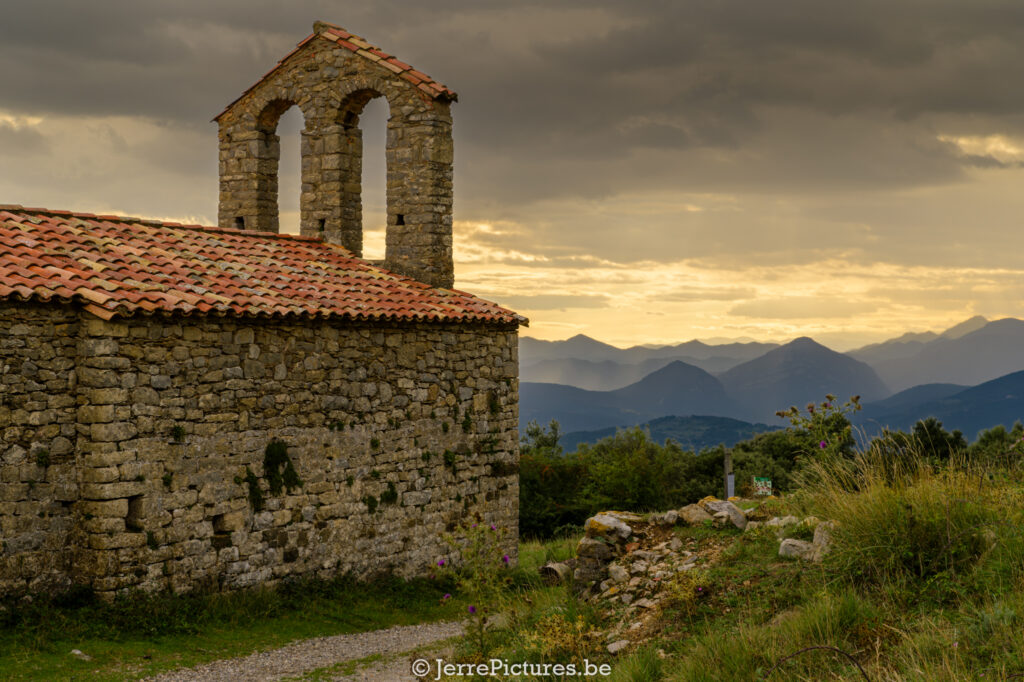From Dream to Roadbook
How a Last-Minute Trip Prep Turned Into the Best Tip I Ever Got
Or how a GPT, a surprisingly skilled friend, and a roadbook saved my trip.
Sometimes things don’t go the way you planned. Actually—most of the time. For years, trip preparation was almost a sacred ritual for me. Spreading maps across the table, zooming in on satellite images until I could recognize the shadows of individual trees, filling notebooks with “I absolutely have to go here” spots. That preparation was my pre-adventure joy.
But 2025? It had other plans. A new job, more responsibility, courses you simply can’t dodge. The time that normally went into route planning got swallowed by meetings, management jargon, and coffee that always went cold far too fast.
And you might think: “Come on, you’ve got YouTube and Instagram—just wing it like everybody else.”
Well… after once having 20,000 followers, I know exactly why I post differently now on Instagram. Everyone seems to travel on instinct these days. But you quickly realize: a lot of images, very little substance. Behind those perfect shots, there’s rarely a practical plan.
And so I found myself—for the first time ever—heading into an adventure feeling… unprepared.
(By the way: Instagram and YouTube were a tough lesson for me. I still live with the consequences: a wrong purchase of an Old Man Emu suspension, a far-too-heavy aluminum canopy, while my first setup was 150 kg lighter… plus way too much “Instagram-like” gear on board. Painful, but educational.)
Luckily, life has a habit of putting the right people on your path.
And now, with a modest ten years of travel experience and over 200,000 km behind me… I discovered Vibraction.
The Unexpected Lifeline
Vibraction’s Roadbooks & the Community That Knows Everything
Vibraction turned out not to be just some roadbook vendor. No—these people have mud in their veins. They create routes for and by overlanders: GPS tracks and printed books, full of details, highlights, and a community that shares information faster than the evening news. Wildfires, closed mountain passes—you’ll hear it from them first.
So yes… with a little guilt as a former DIY-planner,
I bought my first book set: the legendary Traverse Intégrale.
So what is the Traverse Intégrale, really?
Imagine a road trip through a living postcard — just with a little extra dust in your teeth.
The Traverse Intégrale is a two-part route for off-road lovers: a journey from coastline to mountaintop, from the sweet Catalan scent of mimosa to the rough desert plains of Aragón.
And yes, you literally drive past volcanoes, cliffs, monasteries, cowboy landscapes, and scenery somewhere between Lord of the Rings and Mad Max.
Part 1: Catalonia — Green Lungs & Lava Stone
You start in Collioure, where the sea still whispers softly against the harbor wall.
Then it’s uphill, through vineyards, blooming mimosa, and the herbal scent of garrigue.
You drive into La Garrotxa, a region of sleeping volcanoes and quiet villages where time stands still — literally slower than the church bells.
Onward to Sierra del Cadí, where you touch the 2,000-meter mark, with views that fill your lungs all over again—mostly because you’ll need to catch your breath.
Part 2: Aragón — Dust, Ruins & Table Mountains
From there, things get dusty. The tracks twist into Aragón, where the landscape switches straight into western mode. Ochre cliffs, abandoned villages, castles that look ready to collapse—or miraculously not.
You pass the gorge-rich Sierra de Guara, pause in breathtaking Alquézar, and sweep via Loarre, Riglos, and Agüero along surreal rock formations packed with soaring vultures.
The finale? Bardenas Reales — a half-desert where the earth seems to have experimented with shapes: tables, chimneys, ravines.
And finally you climb back up through the dense Iraty Forest in the Basque Country, heading toward Saint-Jean-Pied-de-Port, where pilgrims greet you while you arrive looking like a dusty mountain pirate.
The Dream Team: Hilux, Co-Pilot & Smart GPT
Everything was in French. Great for croissants — less great for smooth navigation when you’re Dutch-speaking and your French… well, let’s say limited.
So I built my own GPT — one that translated the book and told me which page matched each waypoint.
Yes, I know, nerd-alert, but what a relief.
And then there was my girlfriend. Normally, she only has to enjoy the ride, take some photos with her phone (which she scrolls through weekly the following year, laughing proudly that she’s seen a piece of the world)… and occasionally ask if I already know where we’re sleeping.
But this time? She transformed from passenger to co-pilot, with zero prior knowledge.
While I focused on driving the route, she followed updates, searched for gas stations, and redirected me whenever the trail turned a bit too adventurous.
With her, the book, the GPS, and my smart assistant, I basically had a full crew onboard.
And honestly? She was a better backup than my recovery gear.
A Small Warning for Fellow Travelers
For the overlanders among us: the book is worth every euro. But don’t underestimate the route.
Especially RB5, which is where I was — it has a serious profile.
Part 1 is fairly friendly, but Part 2…
I’ve heard people say: “We did it with a regular VW van.”
Maybe. Two years ago.
Now? Even with my lifted Hilux (2-inch suspension lift + 1 inch from tires), I hit the ground at times. And trust me: the ground does not laugh back.
So no, I’m not playing the lecturing ranger, but be prepared.
These trails are popular and heavily used.
Maybe the washouts will be better next year… but if you’re reading this to plan, know this:
Adventure demands respect.
And now: Day 1
For ten days I drove the route.
I’ll try to share as much as possible: terrain difficulty, what is and is not doable with a camper or motorcycle, and where to pause (or turn around, wisely).
So get ready. Day 1 is coming — and yes, it begins the way it should: with a first bump.
The Route From Chaos to the Catalan Sky: Why Day 1 Almost Landed Me in Jail…
Day 1. The start of an epic roadbook adventure.
You’d expect: calm morning, perfect coffee, smooth departure.
Reality? A nerve-racking crash course in French tourist psychology and a deep dive into the concept of stubborn is also a strategy.
Our night started surprisingly well at Camping La Sardane.
And that’s a compliment, because I’m generally allergic to mega-campgrounds.
But this place? Affordable (one of the cheapest campgrounds we found on the route and among the best — though in high season I’m not sure I’d want to be here, but in September it was perfect!), spotlessly clean, nightly themed dinners (from Moroccan tajine to fresh sea fish), and a receptionist who greeted us with a relaxed, “Just drive in, we’ll sort the paperwork later.”
That’s service with a smile.
And yes — the wine in the shop was reasonably priced too.
In short: a rare five-star mega-camping win.
The French Fury & the Clumsy Tourist
And that’s when the journey really began.
Our official starting point: Port-Vendres in Collioure.
Unfortunately — or maybe fortunately — it was impossibly crowded. A crawling anthill of tourism. Not a single parking spot in sight… too many tourists, and as you know, I’m not exactly a fan of the overly touristy.
While turning around in the tiny parking lot near a restaurant called Relais des Trois Mas, trying to fine-tune the GPS, the owner suddenly appeared.
Or rather: she stormed outside with more fire than her kitchen has ever seen.
She found it “disrespectful” that I was parked there, and the fact that my engine was still running clearly didn’t help. It was 9:30 in the morning, the place wasn’t even open yet — but apparently a running engine was enough reason for a full-blown early morning tirade.
My inner Jerre took over.
Instead of driving off, I stepped out — with the posture of the clumsiest, most sarcastic tourist in the universe, smiling broadly as I apologized.
“Oh, Madame, my sincerest apologies! … je ne comprand pas… I really only needed three minutes to set up my GPS before safely hitting the road. But since you seem to enjoy having this discussion, I would be delighted to step out of my vehicle and listen carefully to your passionate arguments.”
While she continued the debate — my limited French turned out to be a blessing because it let me focus entirely on her body language — I casually pulled my camera out of the bag.
“Well, and since I’m already outside, I might as well take a few photos of the harbor, right?”
She threatened to call the police, and I asked if we should wait for them together on her parking lot… She didn’t answer, spun around, and hurried back inside.
I suspect the flames inside called her back.
Even my girlfriend, who normally jumps in faster than a cowboy in a hurry, just watched in disbelief.
Sometimes the technique of the polite, clueless tourist works far better than aggression.
Side Note
The restaurant — or rather, its parking lot — actually has a brilliant strategic location for fine-tuning navigation. And apparently, according to local rumors (and yes, also online reviews), the food is phenomenal. Not to mention the view.
So no, the early-morning opera I got to witness is not a reason to avoid the place.
We’re all human, and everyone has rough mornings — hers apparently started with me on her three-car parking lot. These are real people working to put real bread on the table.
Although I fear that the lady in charge might be spreading her bread with dynamite and a healthy dose of morning rage. (Oops—there I go throwing spark on the fire again.)
And if you ever eat there, just tell them you heard about the place through Jerre — and that if the food is even half as fiery as the temperament of the Chef, it undoubtedly deserves Michelin stars for passion.
Maybe just ask in advance if you’re allowed to fine-tune your GPS after dessert.
Anyway — GPS set. Time to roll.
The Pyrenees Are Calling: Stubborn Is Sometimes Smart
The route wound us up into the hills, away from the chaos.
The narrow roads offered stunning glimpses back over Collioure.
And just like that, the atmosphere shifted — from rushed and stressed to calm and full of adventure.
We had barely recovered from our morning opera when we came across an older couple.
Concerned, they stopped us: “You can’t pass,” was their opening line.
The grape harvest was underway, and large trucks (which later turned out to be two small vans) were supposedly blocking the narrow road.
The man grew visibly angry when I said I’d first go take a look — and if needed, I’d simply reverse back.
He shouted that I must turn around immediately.
Unfortunately for him, I’ve turned around far too many times in the past based on terrible advice.
My gut feeling — that rare compass in the unknown — told me something different.
So I thanked the soothing-wife-and-angry-husband duo and drove on.
And sure enough, just a few bends later, there it was.
A small loader was standing on the track, but with a simple gesture the friendly grape pickers signaled that I could move it aside for a moment. No drama, no roadblock — just a polite request.
Sometimes you simply have to choose your own path, even when an angry Frenchman is passionately arguing against it.
Next, we passed Mirador de Madeloc — the forward outpost of an old watchtower perched on a mountain peak, offering a spectacular 270-degree view over the Côte Vermeille and the Pyrenees.
The perfect spot for a first breath break.
The off-road tracks led us across the French border straight into Spain.
We rolled over gravel and sand, had lunch in the little park of the charming village of Cantallops, and then continued along a stunning route past Finca de Requesens.
This was one of the most beautiful sections of the day!
The highlight of this track ended at Santa Maria de Requesens — and yes, don’t be surprised if, here and in the following days, you find yourself driving through military training zones.
You’re in the tougher border region here.
The ideal training ground for those guys…
The Golden Sunset & the Secret Route
The highlights came in rapid succession.
Ermita de Palau Segle XIII, a beautiful little Romanesque chapel from the 13th century, offered a moment of pure stillness.
After that, we stopped in the tiny, slowly depopulating village of Albanyà (fewer than 150 souls).
From here, there’s a beautiful passage into the Alta Garrotxa nature reserve — pure, rugged Catalonia.
Unfortunately, the road is closed to cars in summer for environmental protection (a bit of a shame, but understandable), although the road is sometimes open in the opposite direction. (Strange — but it probably has more to do with the fact that it’s simply impossible to close every small mountain road.)
But the real winner of the day? Sant Andreu de Gitarriu.
Via Alta Garrotxa, you’re suddenly led off the main track… a secret road…
We arrived just in time for a golden sunset over the Alps. Wow.
The sky looked like it was on fire, the mountain peaks glowing.
There we met an American woman who had moved there a few years earlier — and whose mother had followed her, fleeing the political madness (read: the Trump years). They lived only a few hundred meters from the little church.
As I drove back down, I thought: if they need to go to work, it must take them 30 minutes just to reach the main road. This is truly the end of the world.
But the good news: you can reach this chapel with a small camper or a regular car (at a sensible speed). A real hidden gem.
Just be aware that overnighting is not allowed, so please respect that.
Ask the American family if you can park on their grass for a few euros.
We drove on to Pont de Llierca.
The last light of the day gave us one final beautiful shot of Pont de Llierca — a perfectly preserved Medieval Romanesque bridge stretching gracefully across the river. The cherry on top of a long day.
We were, however, too late for the campsite.
At 19:15 we arrived at Camping de Montagut, which had closed at 19:00.
A quick call to the owner resulted in that comforting, classic Spanish nonchalance:
“Just park, we’ll sort everything tomorrow morning.”
The campground was beautiful, quiet, and perfectly located just off the trail.
From there, I could walk back to Pont de Llierca in five minutes the next morning to capture my photos in the perfect morning light — although I overslept for that part.
Day 1: From French Anger Management to Catalan Sunsets.
The tone is set.
And the campsite wasn’t only spotless — it was also the perfect basecamp to explore even more beauty just off the route.
More on that next time.
NERDY DEEP DIVE — DAY 1
Now that you’ve inhaled the experiences of our first day — dust in your nose, sun on your face — it’s time for something no adventurous day should be without: a good old-fashioned nerdy deep dive.
Because honestly, what is a travel story without a few historical footnotes, hidden facts, and a satisfying dose of obsessive detail?
We kick off with Collioure, a place you don’t simply rush past… unless you’re me.
Collioure
Collioure — the charming coastal town where the Pyrenees touch the sea and Catalan flair flows through every street.
Not only was it the starting point of our Traverse Est, it’s also a historic and culinary gem on the Côte Vermeille.
Around 1905, Matisse and Derain laid the foundations of Fauvism here, inspired by the intense light, the colorful harbor, and the iconic lighthouse-bell tower of Notre-Dame-des-Anges.
The imposing Château Royal, once the summer residence of the kings of Mallorca, has guarded the bay for centuries. Collioure changed hands several times between France and Spain until it finally became French in the late 17th century.
Culinarily, it’s just as remarkable.
Collioure is world-famous for its anchovies, still crafted by hand by only two families (Roque and Desclaux). Here you’ll also find cargolada (grilled snails), Catalan lamb, crème catalane, and — to my own surprise — the occasional sweet opera with your coffee.
The AOC Collioure wines owe their character to sun-drenched terraced vineyards and the brisk Tramontane wind. A Grenache rouge or a fresh Grenache gris is an absolute must.
On Rue Berthelot, you’ll find traditional croquants still made by hand, and just a little higher up stands a 14th-century olive oil mill — still operating — a glimpse into Collioure’s living artisanal heritage.
But I must admit: despite all the beauty, the vibe felt a little less charming to us.
Because of its location and nearly eternal sunshine, Collioure has become extremely touristy. Even in the morning cars were lining up for parking. It was crowded, loud and chaotic — so much so that we didn’t visit anything and instead escaped to find silence elsewhere.
Collioure is small in size, big in character… but not without its downside.
Tour Madeloc & Mirador de Madeloc
Watchtower or Watch-dream?
Tour Madeloc, built in 1285 by Jacques II of Mallorca, stands 656 meters above the sea as a medieval observation post. Once part of a network of signal towers in the Albères, optical telegraphy was used here to spot enemies long before the enemies realized they were enemies.
Today, the tower serves mainly as an orientation point এবং a dream location for panoramic views over Collioure, Port-Vendres, Banyuls, and the entire Côte Vermeille.
But we skipped the final steep climb to the tower.
Not out of laziness, but because the Mirador de Madeloc was already a stunning alternative — less famous, but equally spectacular.
From this viewpoint, beside a weathered ruin (possibly a former barracks or storage building), a 270° panorama unfolds: the sunlit vineyards of Banyuls and Collioure rolling like a green carpet towards the sea, and yes — the Pyrenees rising in the background, with Spain somewhere beyond.
We parked the truck in the shade of the few trees available, breathed in the quiet, and celebrated our choice.
With a 4×4 or a sturdy motorcycle, this region’s narrow roads are pure joy — provided your brakes cooperate.
In short: the tower is impressive, but sometimes the best view lies just before the finish line. Was it because we were too lazy 🙂 ??
Santa Maria de Requesens
A forgotten church with a thousand-year breath
In the foothills of the Albera massif, on Catalan ground near the French border, lies Santa Maria de Requesens.
Once a parish church, today a silent ruin woven into the landscape like a scar of centuries. No frills, no tourist facilities — just stone, silence and history.
Built in the 11th century and partly rebuilt in the 12th, it had an unusual floor plan: two naves and two apses, with a wider south side. The asymmetry likely reflects either liturgical hierarchy or stages of construction. Also notable are the small semicircular windows and traces of Romanesque arches, partly bricked up or collapsed.
On the façade hangs a memorial plaque to Joan Saqués i Roca (1940–1995), who dedicated his life to preserving Catalan heritage. Beside it, another plaque honors all volunteers “who with imagination and dedication help preserve this heritage.”
It gives the place a second layer: historically important, morally valuable.
Next to the church sits a small building with a wooden door — possibly a storage room or cellar. A sign asks respectfully to keep it closed, to protect the interior.
That small gesture says everything: here, the past is not displayed — it is protected.
An information panel onsite offers rich historical context. The first documented reference dates to 844, and over the centuries the church shifted roles — from parish to dependency of larger monasteries, eventually to ruin. Yet Santa Maria remains a tangible reminder of the layered medieval world of borders, faith and land.
Whoever visits this place does not enter a monument, but a fragment.
Not a tourist destination, but a landscape footnote.
And that is its value: this ruin lives as long as it is not forgotten.
La Mare de Déu de Palau
La Mare de Déu de Palau is a Romanesque chapel in the hamlet of Palau (Sant Llorenç de la Muga, Alt Empordà), recognized as cultural heritage of local importance. Built with perfectly cut stone layers, the church consists of a single plastered nave with semicircular apse, pointed arches, and an elegant double-arched bell gable.
Historically, it was already recorded in 878 as property of the monastery of Sant Pere d’Albanyà.
Until the 14th century it remained an important non-parish chapel with its own priest and annual celebrations on September 8 and Easter Monday.
Sant Andreu de Gitarriu
High in the hills of Alta Garrotxa lies Sant Andreu de Gitarriu — a simple Romanesque chapel with 13th-century roots, though possibly older. Originally known as Sancti Andree de Guitarrivo (1228), the place breathes history. The name “Gitarriu” may derive from a now-vanished stream or a Germanic personal name.
The church has one nave, a half-dome, and a striking south-facing entrance. Inside, a narrow stone staircase leads to a raised choir — a rare remnant from functional redesign after epidemics in the 17th century.
It served as a parish church until the 15th century, after which it gradually fell out of use. During the Spanish Civil War both bells disappeared; one returned in 1960, thanks to local support.
Today, Sant Andreu is a place of remembrance, nature, simplicity and heritage — upheld by volunteers, history and silence.
Still not touristy at all: barely a handful of visitors per week make the climb.
